Immigration Museum
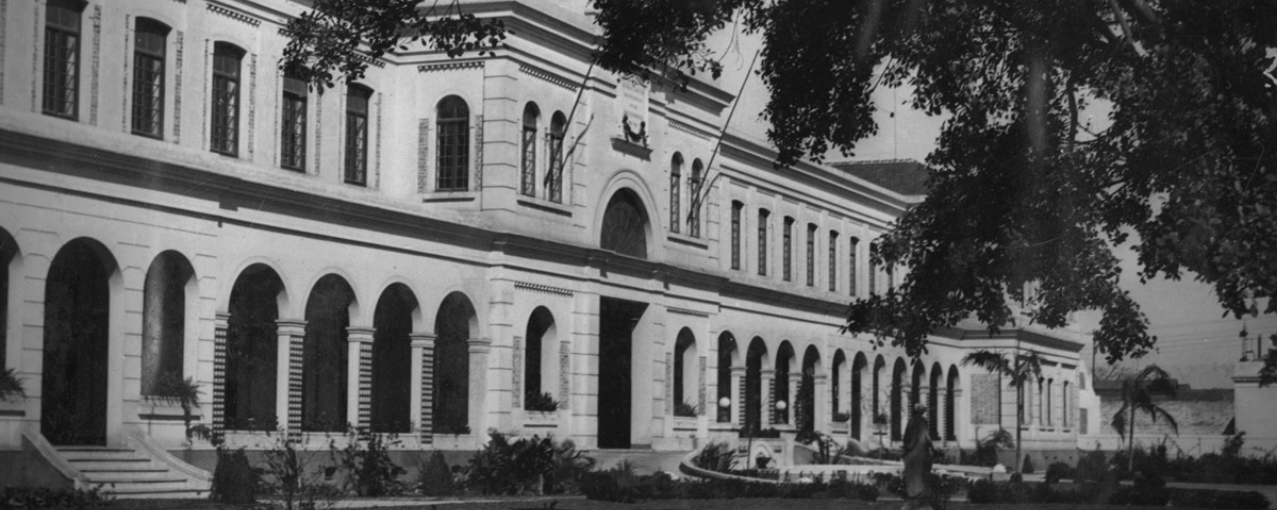
The Immigration Museum dates from the Bras Immigrant Hostelry project. After the first slavery abolition laws were passed, immigration became an alternative for the ensuing shortage of cheap labor. Another contributing factor to this scenario was the widespread misery and hunger in Europe between the end of the 19th and beginning of the 20th centuries. Thus Brazil, and more specifically São Paulo, which was the country’s main coffee producer at the time, developed migration policies which included the Hostelry system created to receive immigrants who came to work in the plantations and in the country’s first factories.
The Bras Immigrant Hostelry was inaugurated in 1887 and was the first residence for thousands of foreigners and for Brazilians from other states choosing to live in São Paulo. Its main attributions were to receive the immigrants and refer them to their new jobs – the latter was done through the Official Labor Placement Agency, which was located inside the Hostelry building. In addition to accommodation, the building housed a drugstore, laboratory, hospital, post office, laundry, kitchen and medical and dental assistance units. To deal with the large inflows of people, the Hostelry had an organized structure with rigid timetables and inflow rules that required a staff of dozens of people.
As of the 1930s, the Hostelry started to receive migrant workers from other regions in Brazil. In the 1970s, the building lost its original function and in 1978 it was closed down. For 91 years, the Hostelry housed some 2.5 million people from over 70 nationalities, origins and ethnicities.
Since its closure, the Bras Immigrant Hostelry has undergone a transformation process, becoming a listed building and an important icon in the histories of São Paulo state and city and of Brazil. In 1982, the building was listed by the Condephaat heritage preservation agency and 1986 saw the creation of the Immigrant Historical Centre. In 1991, the building was listed by the Conpresp municipal heritage preservation agency and in 1993 the Immigration Museum was created. In 1998 it was renamed The Immigrant Memorial and in 2001 it reverted to Immigration Museum.
Time Line
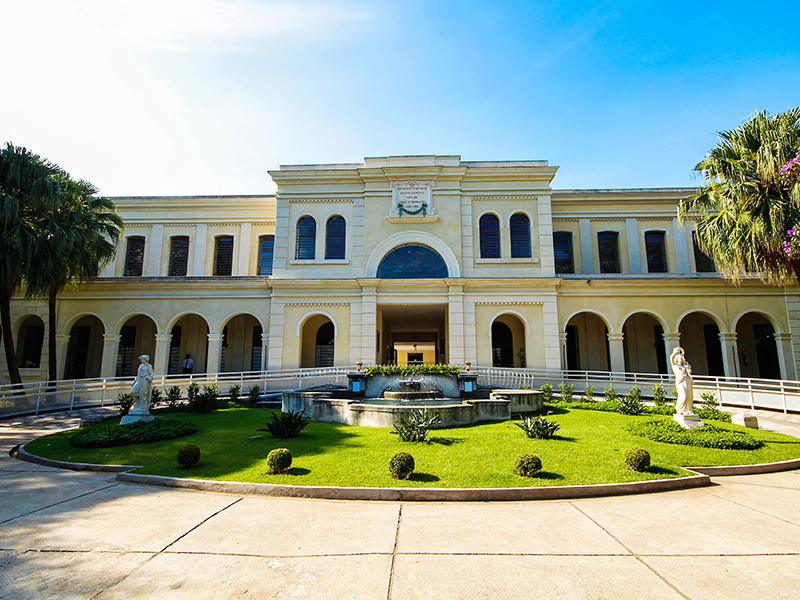
Inauguration of the new São Paulo State Immigration Museum.
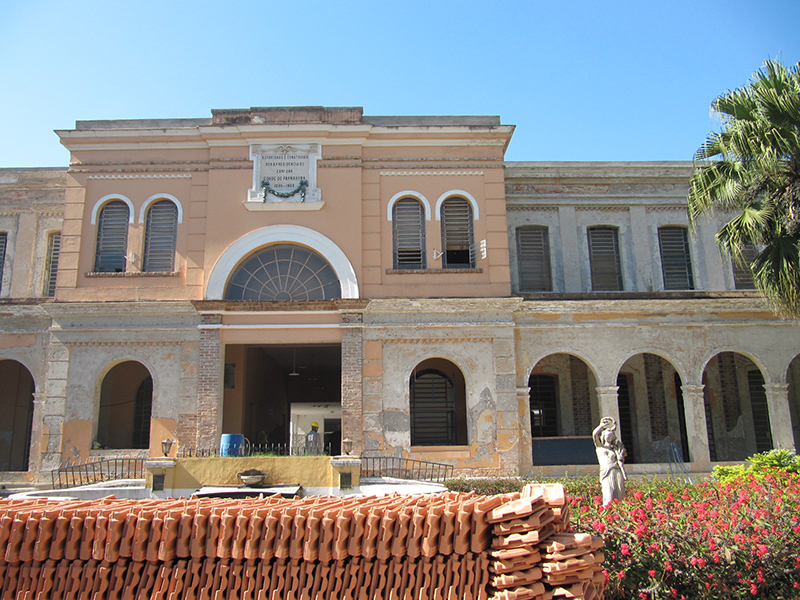
Launch of the restoration works in the building that used to host the Bras Immigrant Hostelry. The Immigrant Memorial is renamed Immigration Museum.

Creation of the Immigrant Memorial.

The First Immigrant Festival takes place at the Museum.

Creation of the Immigration Museum, which becomes subordinated to the State Culture Secretariat and proceeds to manage the Immigrant Historical Center’s collection.
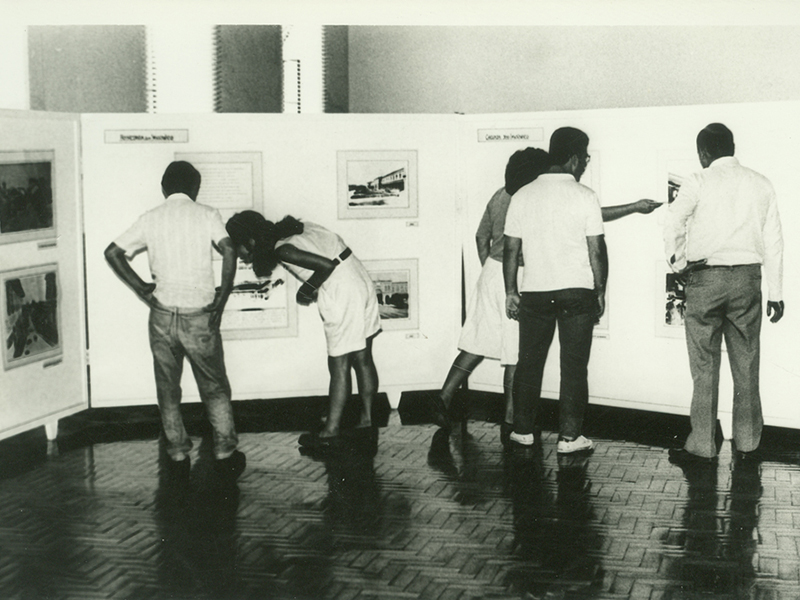
Creation of the Immigrant Historical Centre, which is integrated into the Social Services State Secretariat.

The architectural complex is listed by the CONDEPHAAT heritage preservation agency.
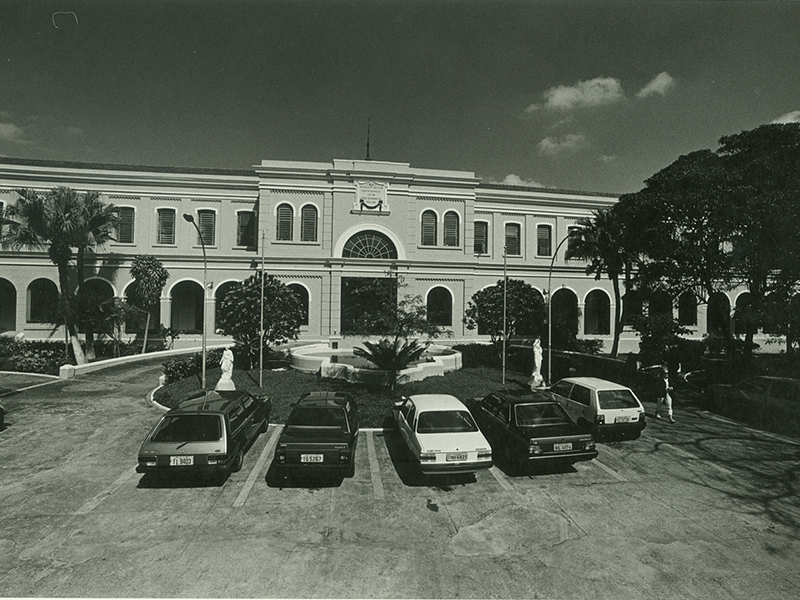
The Bras Immigrant Hostelry is closed down.
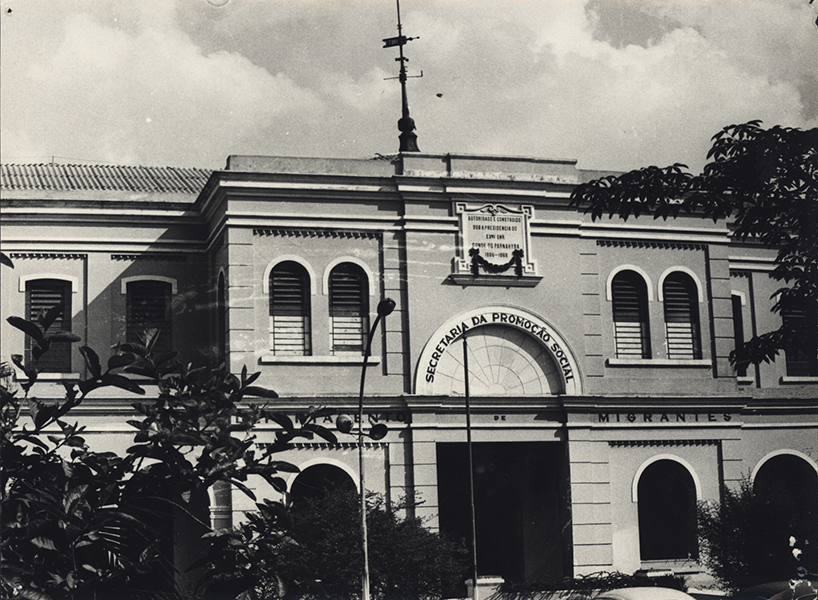
Following the creation of the Social Services State Secretariat, the Hostelry is integrated into that agency and becomes the Migrant Department (DM).
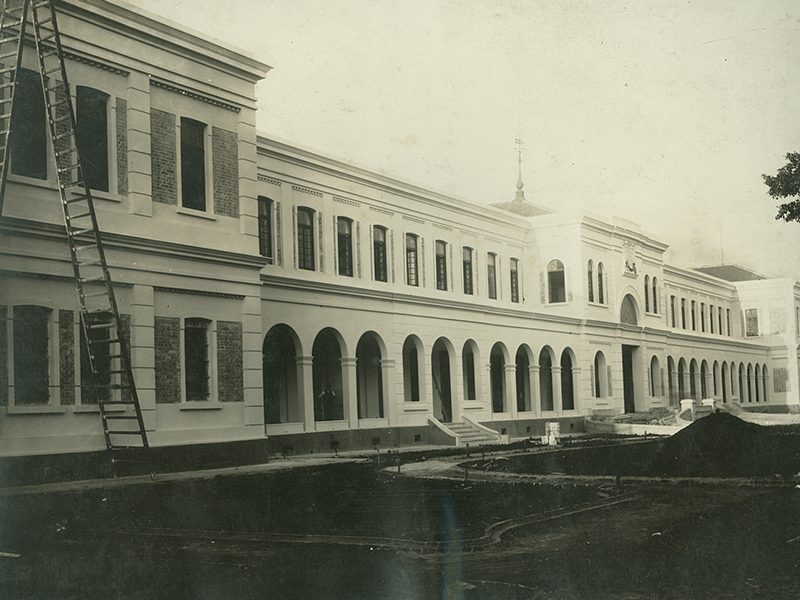
The Hostelry building undergoes new construction works.
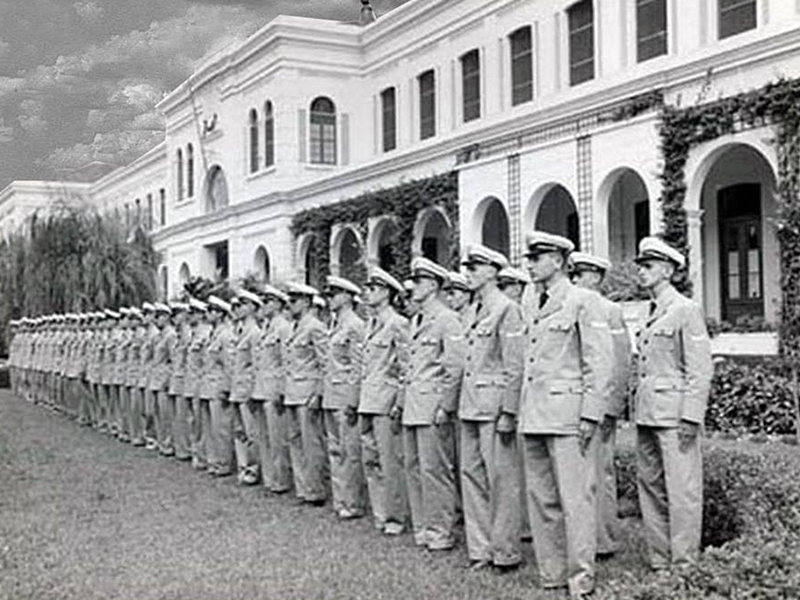
The São Paulo State Government grants the Bras Immigrant Hostelry’s installations to the Air Force Ministry for the implementation of the Technical Aviation School. (Image from the Embry Riddle Aeronautical University collection)
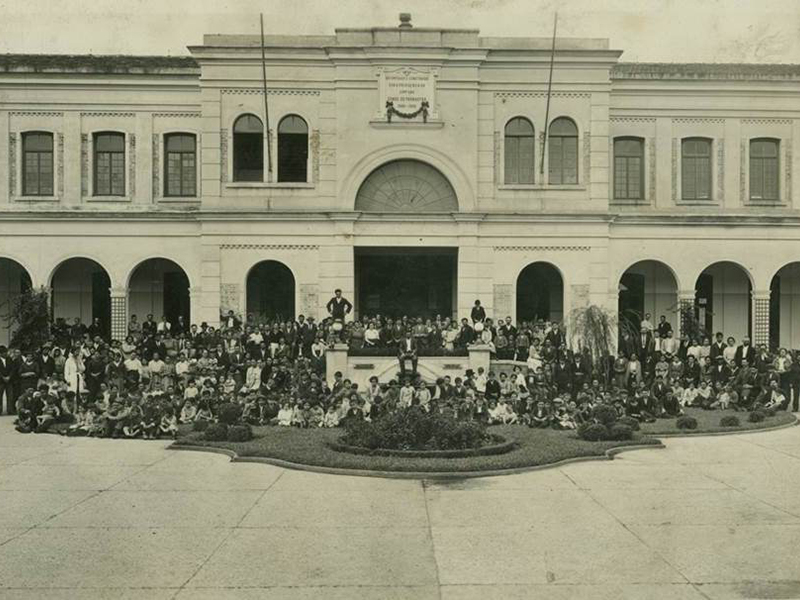
The Department of Land, Colonization and Immigration (DTCI) becomes the Colonization and Immigration Service (SIC).

The building undergoes renovations which change some of its original features.
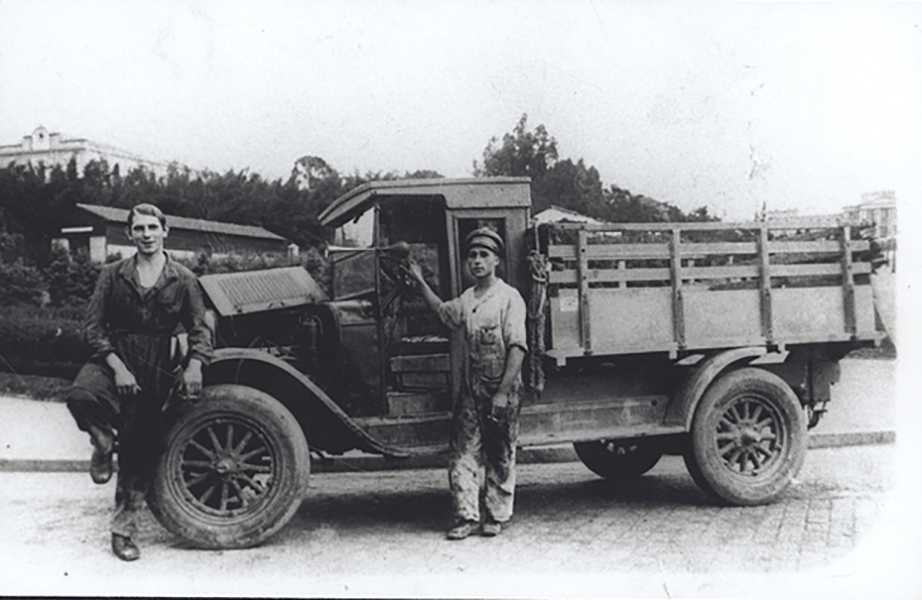
The Hostelry is occupied by the Public Security Forces and used as a prison for the Getulistas (supporters of President Getúlio Vargas) during the Constitutionalist Revolution of 1932.
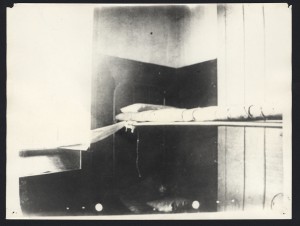
The Public Security Secretariat uses some of the Hostelry’s facilities as a political prison during the 1924 Revolution.
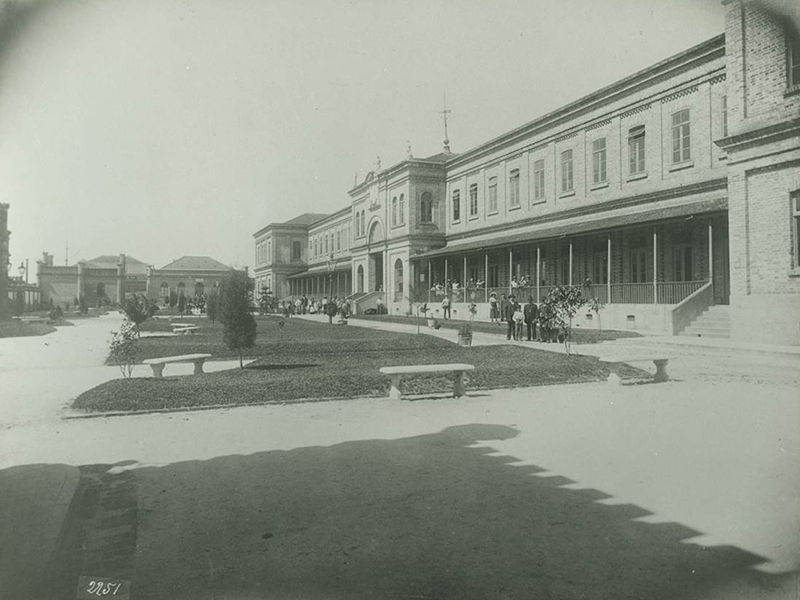
Creation of the Department of Land, Colonization and Immigration (DTCI), which undertakes the management of the Hostelry.
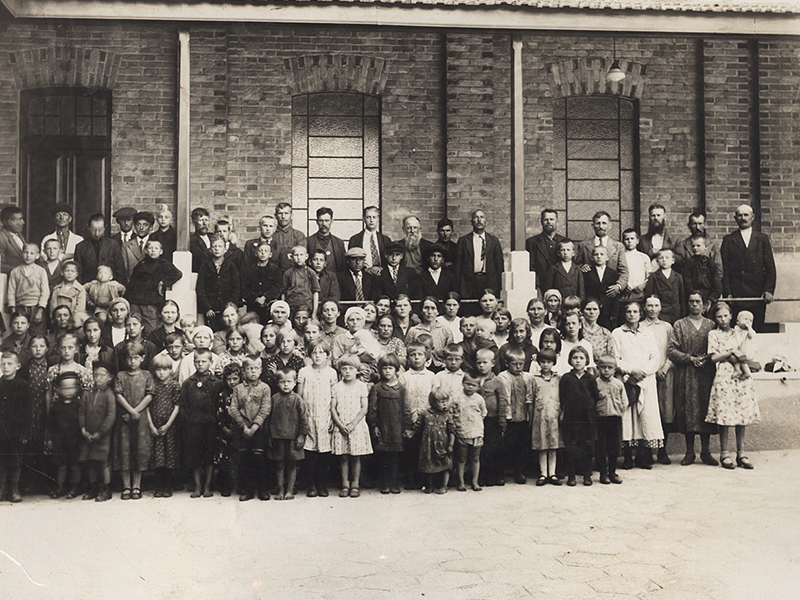
The Hostelry is integrated to the Agriculture, Trade and Public Works Secretariat.

Although still unfinished, the Hostelry receives its first immigrants.
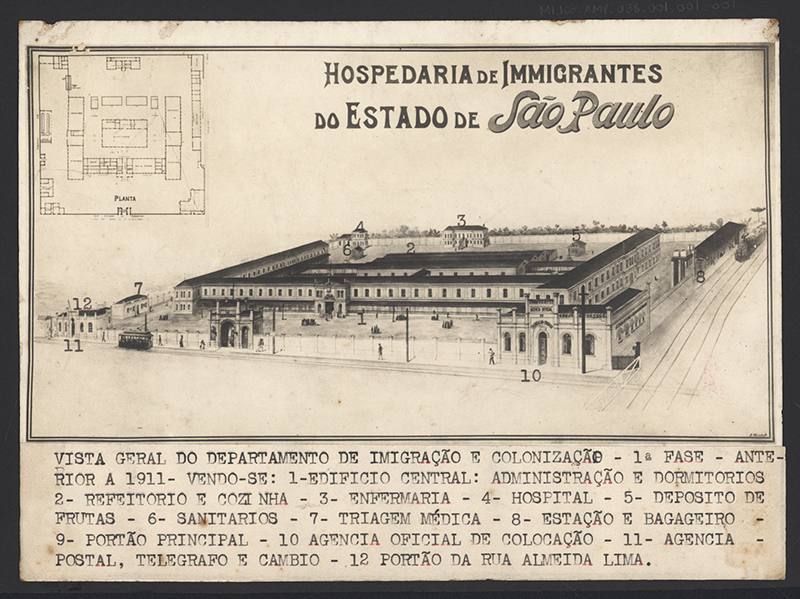
Start of construction works.
 2014
2014
Inauguration of the new São Paulo State Immigration Museum.
 2010
2010
Launch of the restoration works in the building that used to host the Bras Immigrant Hostelry. The Immigrant Memorial is renamed Immigration Museum.
 1998
1998
Creation of the Immigrant Memorial.
 1996
1996
The First Immigrant Festival takes place at the Museum.
 1993
1993
Creation of the Immigration Museum, which becomes subordinated to the State Culture Secretariat and proceeds to manage the Immigrant Historical Center’s collection.
 1986
1986
Creation of the Immigrant Historical Centre, which is integrated into the Social Services State Secretariat.
 1982
1982
The architectural complex is listed by the CONDEPHAAT heritage preservation agency.
 1978
1978
The Bras Immigrant Hostelry is closed down.
 1967
1967
Following the creation of the Social Services State Secretariat, the Hostelry is integrated into that agency and becomes the Migrant Department (DM).
 1952
1952
The Hostelry building undergoes new construction works.
 1943
1943
The São Paulo State Government grants the Bras Immigrant Hostelry’s installations to the Air Force Ministry for the implementation of the Technical Aviation School. (Image from the Embry Riddle Aeronautical University collection)
 1939
1939
The Department of Land, Colonization and Immigration (DTCI) becomes the Colonization and Immigration Service (SIC).
 1936
1936
The building undergoes renovations which change some of its original features.
 1932
1932
The Hostelry is occupied by the Public Security Forces and used as a prison for the Getulistas (supporters of President Getúlio Vargas) during the Constitutionalist Revolution of 1932.
 1924
1924
The Public Security Secretariat uses some of the Hostelry’s facilities as a political prison during the 1924 Revolution.
 1905
1905
Creation of the Department of Land, Colonization and Immigration (DTCI), which undertakes the management of the Hostelry.
 1892
1892
The Hostelry is integrated to the Agriculture, Trade and Public Works Secretariat.
 1887
1887
Although still unfinished, the Hostelry receives its first immigrants.
 1886
1886
Start of construction works.


















